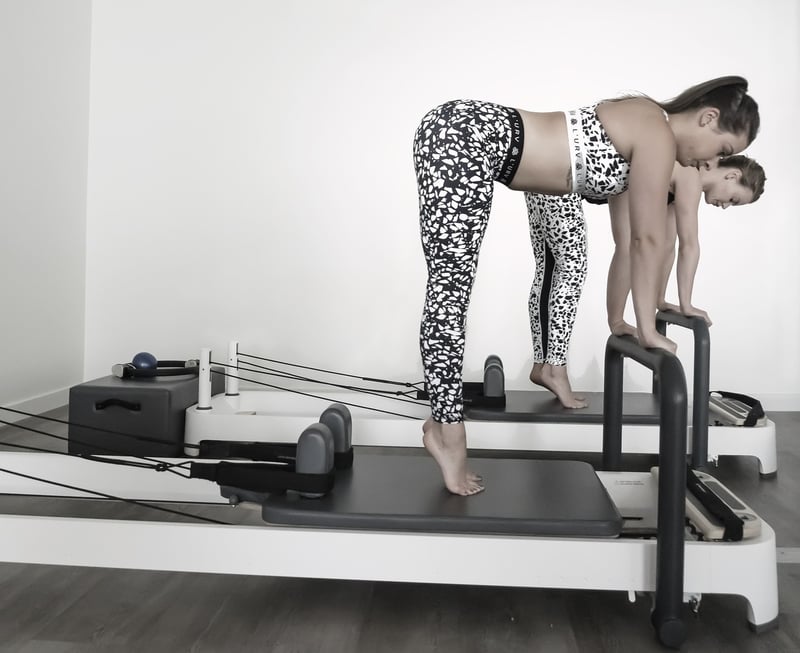Reformer Workouts
The Importance of Core Stability and Control in Reformer Workouts
Core stability and control are essential elements in any fitness regimen, especially when it comes to Reformer workouts. The core muscles, which include the abdominals, obliques, lower back, and glutes, play a crucial role in maintaining proper posture, balance, and overall strength.
Benefits of Core Stability and Control
Building core stability and control not only helps in preventing injuries but also enhances athletic performance and everyday functional movements. When your core is strong and stable, you can move more efficiently and with better coordination.
Reformer Workouts
Reformer workouts, popularized by Joseph Pilates, involve a system of springs and pulleys that provide resistance to strengthen and tone the body. These workouts are highly effective in improving core stability, flexibility, and overall body strength.
Key Exercises for Core Stability on the Reformer
- 1. Hundred: A classic Pilates exercise that targets the core muscles while also engaging the arms and legs.
- 2. Plank Variation: Using the Reformer carriage for added instability, plank variations intensify core engagement.
- 3. Teaser: A challenging exercise that requires balance, control, and strength from the core muscles.
- 4. Side Plank Series: Targets the obliques and improves lateral stability and control.
Image References:


Integrating core stability and control into your Reformer workouts can lead to significant improvements in your overall fitness level. Remember to focus on proper form and technique to maximize the benefits of each exercise.
So, whether you're a beginner or a seasoned fitness enthusiast, prioritize core stability and control in your Reformer workouts for a stronger, more resilient body.
Start reaping the benefits of a strong core today!
